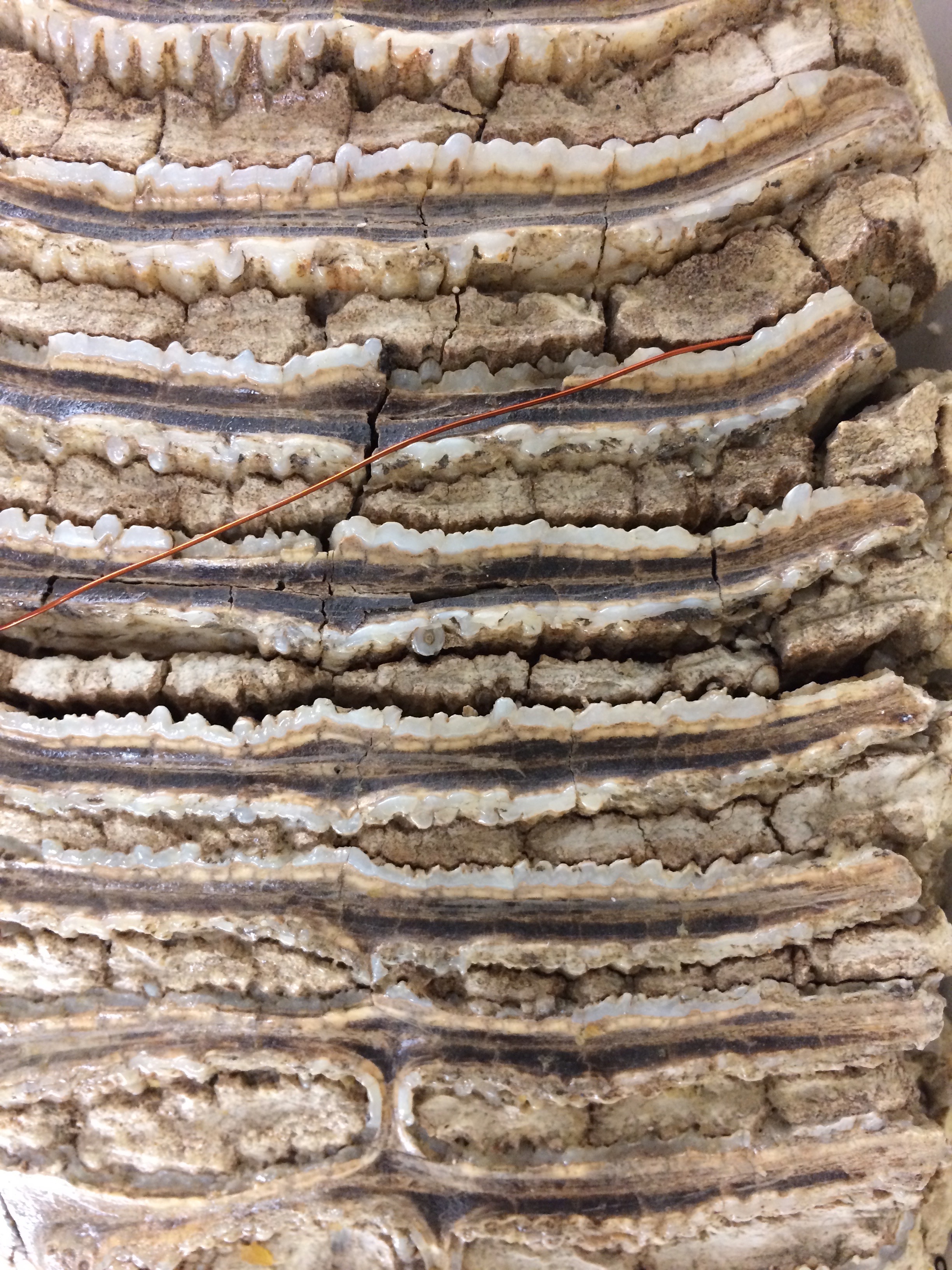Main navigation
Since its creation as the Cabinet of Natural History in 1858, the UI fossil collection has grown through faculty and field collecting, deposit of research material, and donations from the public.
The Iowa public in particular has been instrumental in expanding the collection. This website recognizes and celebrates the efforts of all our collectors. The goals of the project are to:
- Make an inventory of all collectors
- Preserve and digitize historical labels
- Physically and digitally preserve original field notebooks and catalogs
- Archive boxes of old correspondence and photographs
- Create short biographies of collectors whenever we can find information on the internet, in literature, and in the UI Archive.
- Create an image resource of collectors' handwriting
Funding
The initial project was funded by a one-year REAP/HRDP Grant from the State Historical Society of Iowa ($7,731) “Preserving 150 years of Iowa’s fossil collecting heritage” awarded in 2009, and further supported by the Paleontology Repository's Rhodes Memorial Fund. Many geology and Museum Studies interns have assisted with the project, cleaning, repairing, and scanning specimen labels, and researching and writing collector biographies.
The Collection's Collectors [project] is part of "Preserving 150 years of Iowa's fossil collecting heritage," a project partially funded by the Resource Enhancement and Protection - Historical Resource Development Program of the State Historical Society of Iowa. The University of Iowa Paleontology Repository's Rhodes Memorial Fund is also supporting this project.
Methods and standards
Kristin Baum, UI Libraries Conservation Lab, trained us in paper cleaning and repair. We use eraser crumbs to clean labels, and tinted Japanese paper and methyl cellulose/wheat paste adhesive for repair.
Nancy Kraft, UI Preservation Librarian, gave us advice on digitizing historical labels, field notebooks, specimen catalogs, and glass lantern slides. We use an Epson Perfection V700 scanner capable of 6400 dpi resolution with flatbed and transparency scanning.
